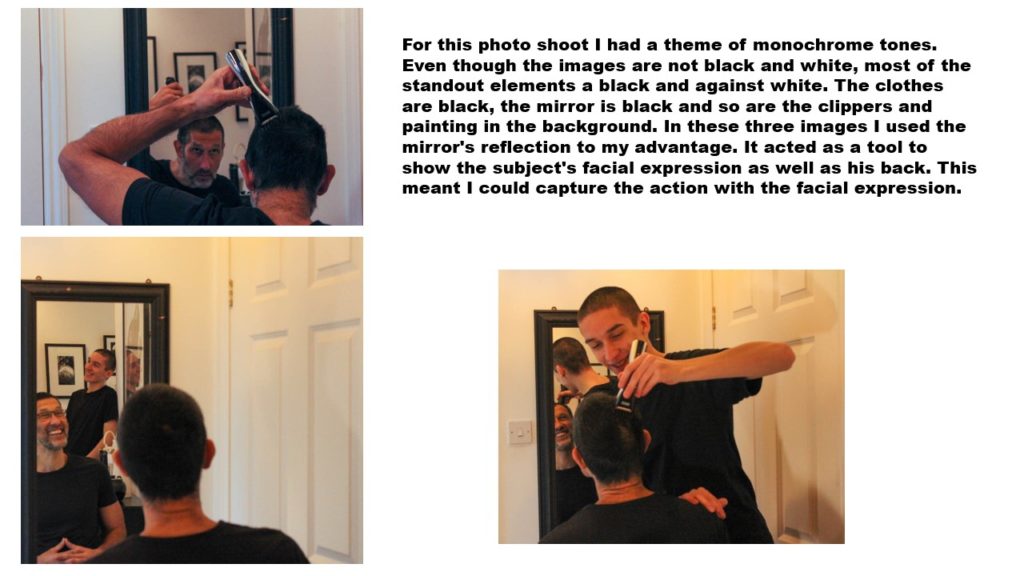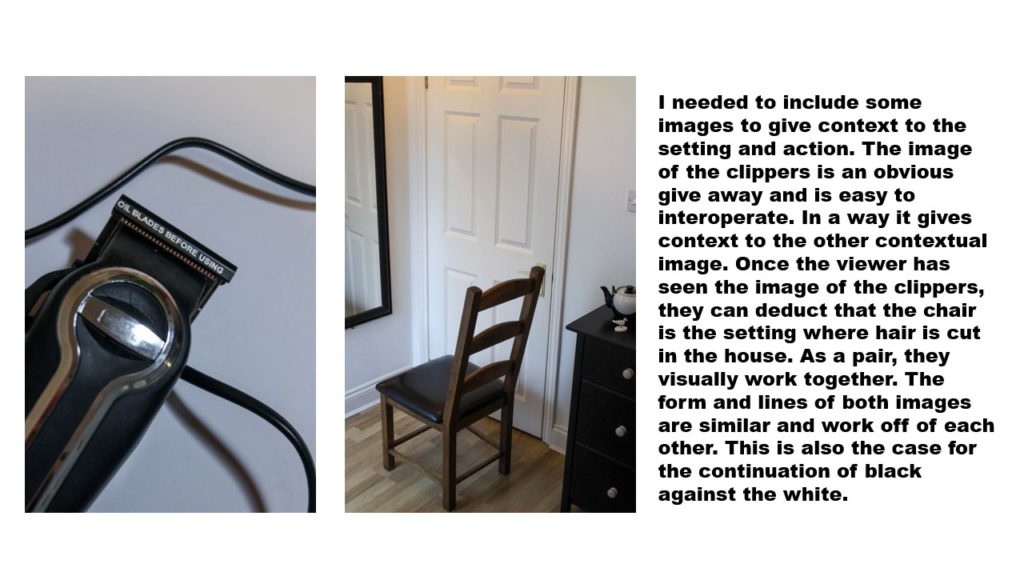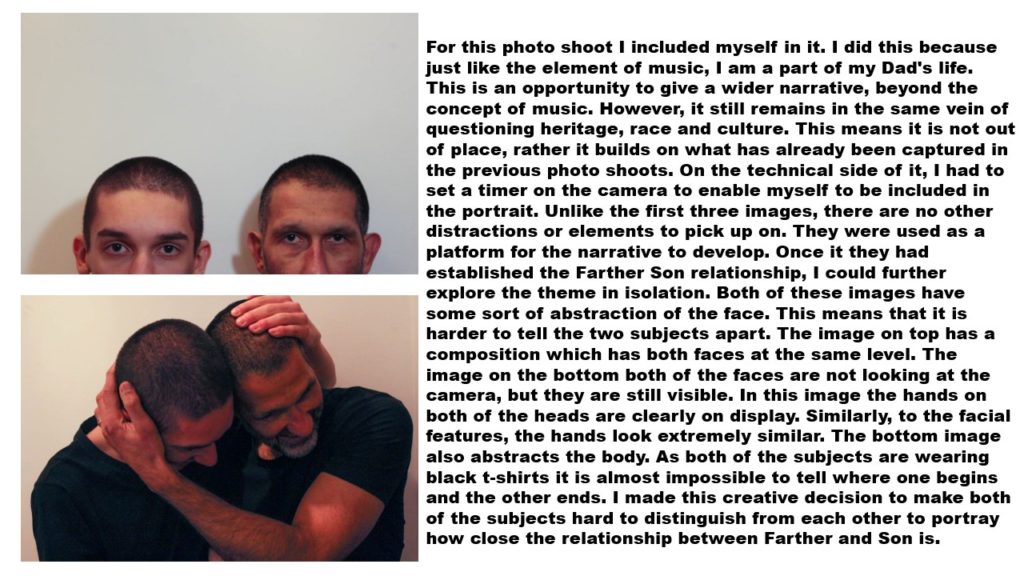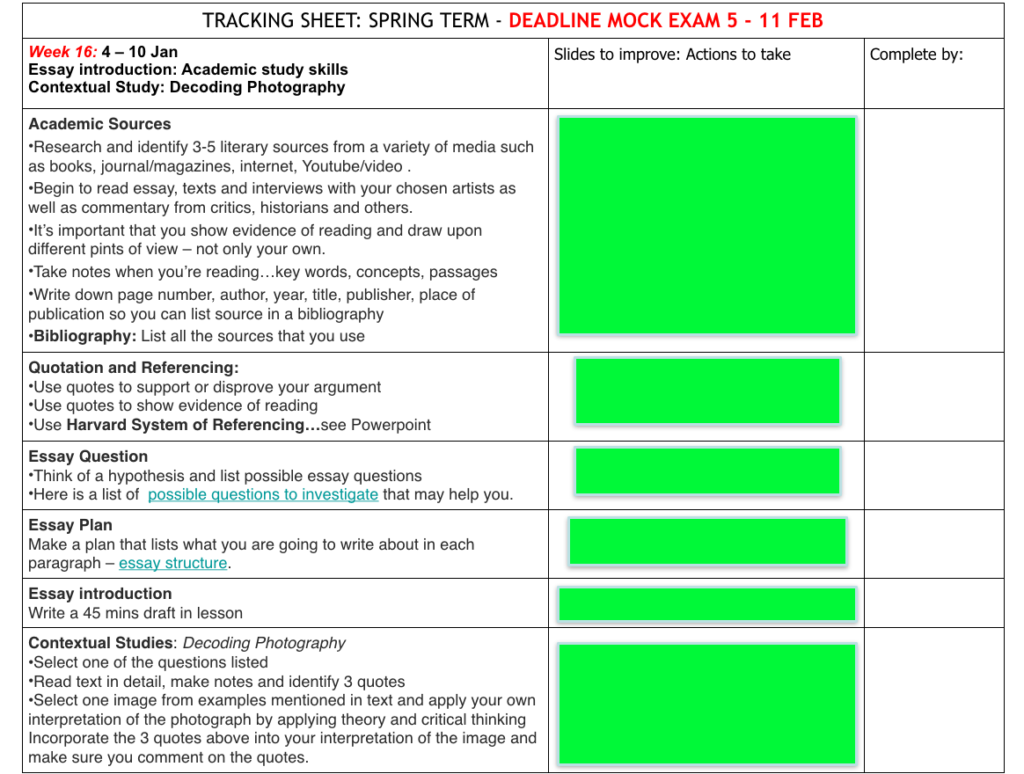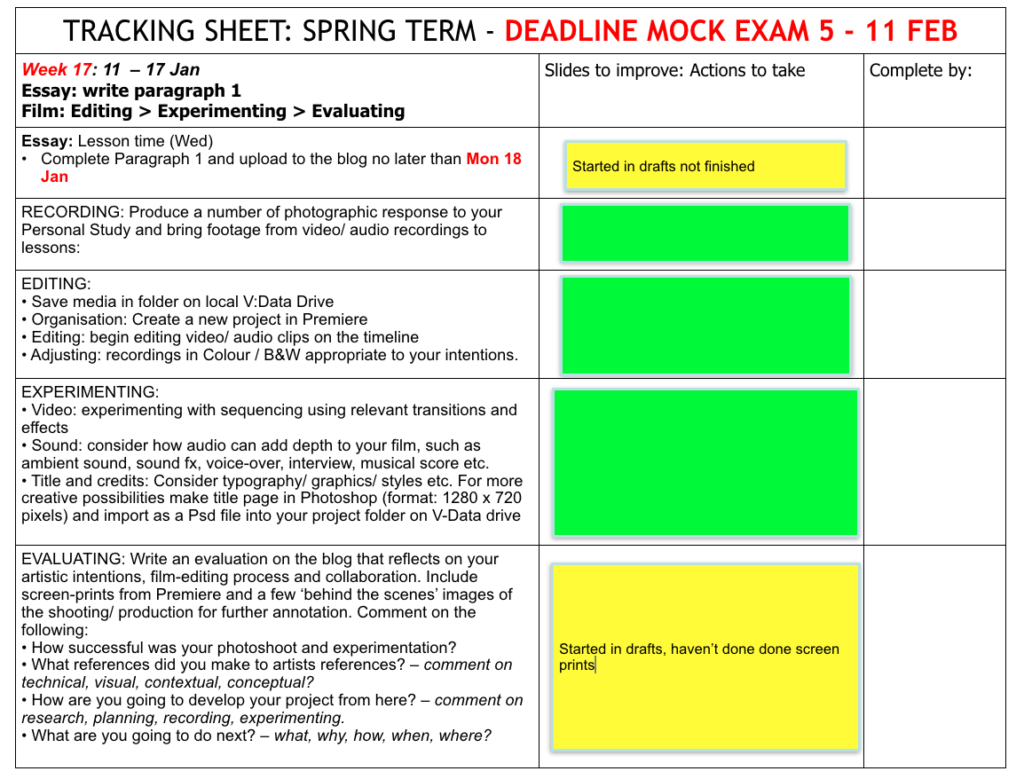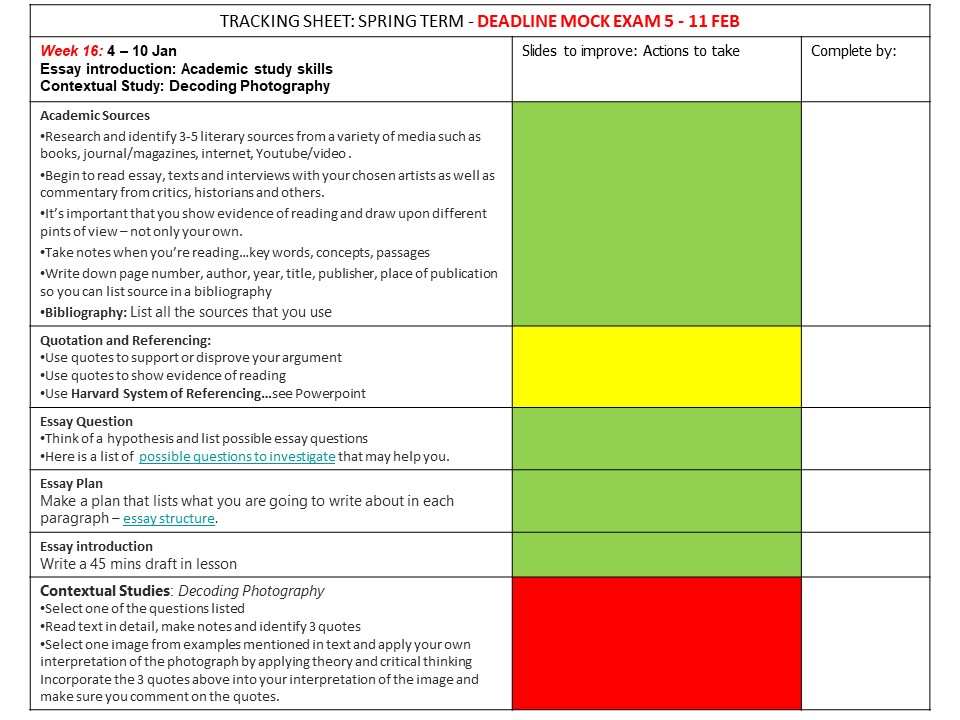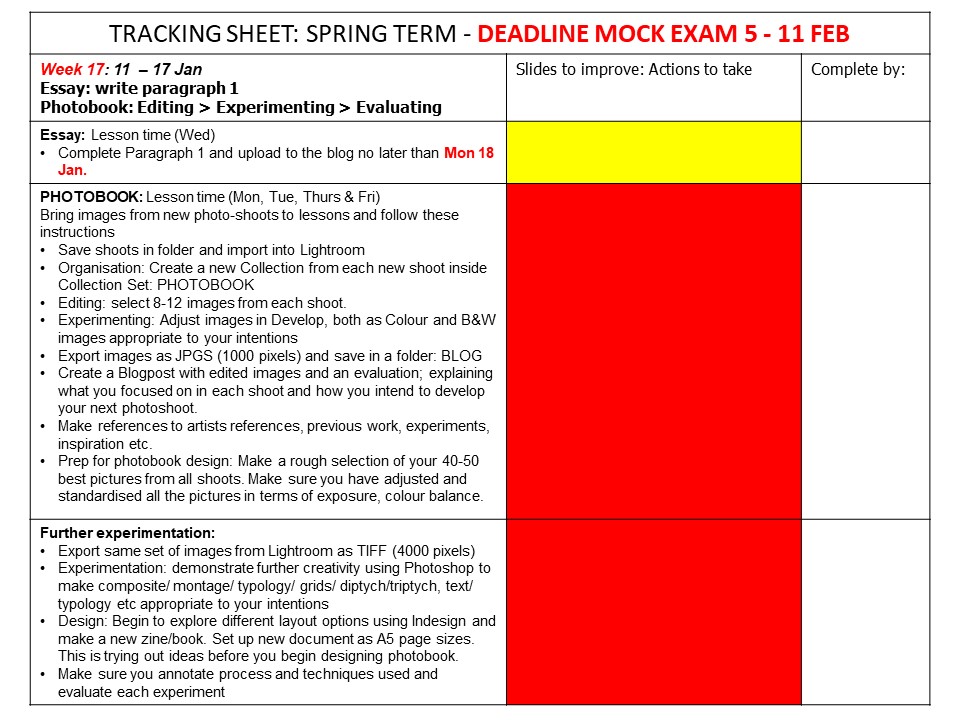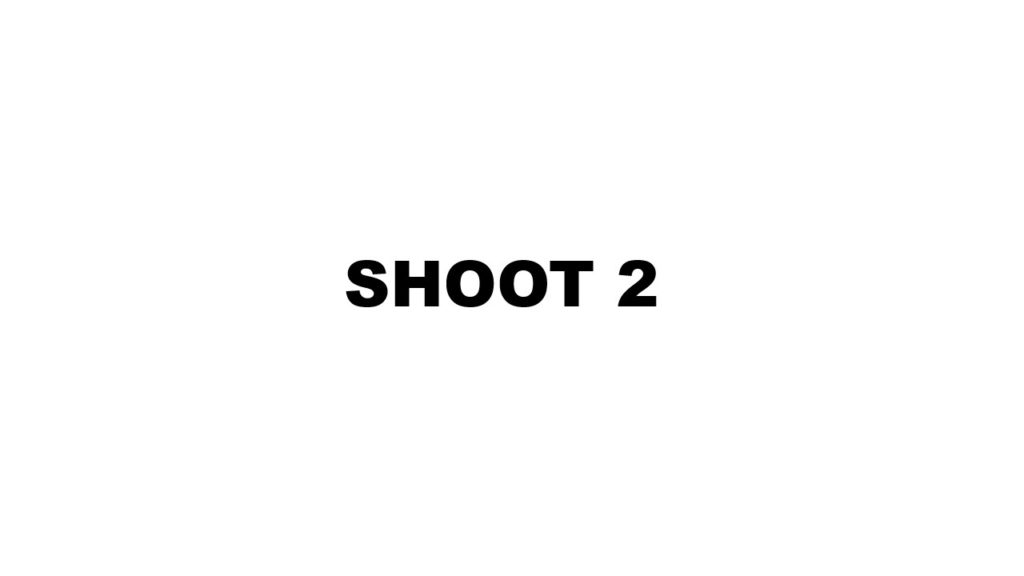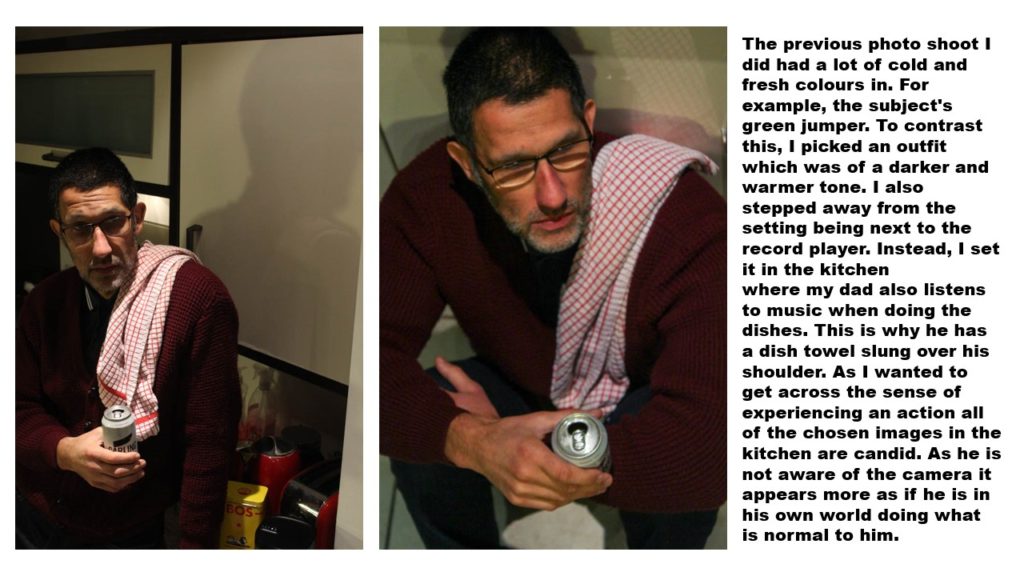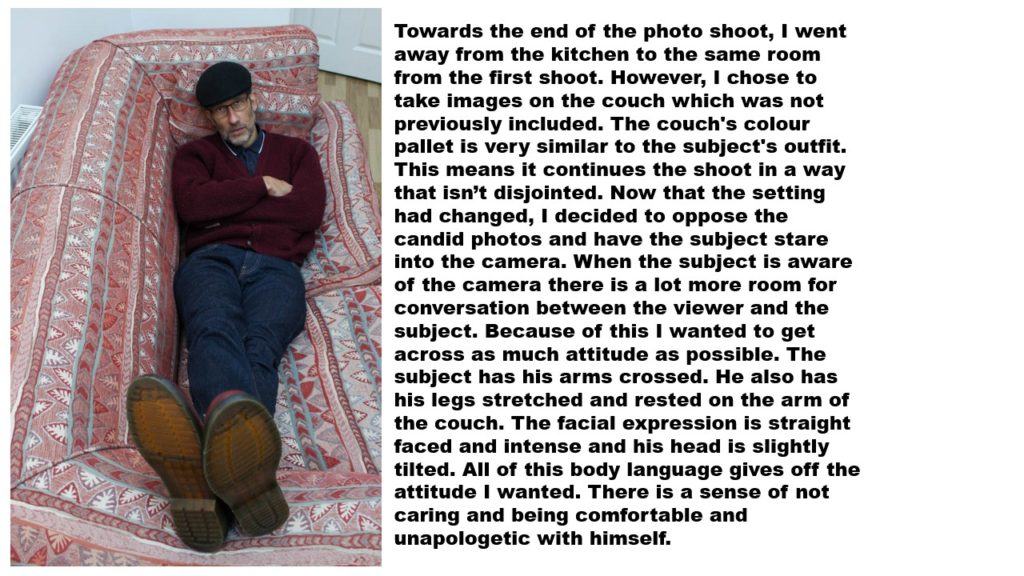Film Research – Inception
“I’d written Inception as sort of a clever-clever heist movie. And heist movies tend to be deliberately superficial and glamorous. I needed him to bring the thing together, open it up to the audience and make it a human story, and he’s done that extraordinarily well.” – Chris Nolan (Director)
Research and Narrative: This Sci-Fi/Action film has inspired me along with photographers due to my idea being about surrealism, dreams and nihilism. The film itself is an interesting concept and has many plot twists that leave the audience shocked and wanting to know more. My own film consists of a similar concept of a dream within reality and my goal is to ensure that the viewer is so emerged within the film that they forget that they are watching the protagonists dream and not their real life. The plot twists are what makes a good film in my opinion hence why I picked inception as the movie that I want to base my project on with influences from other things also. Mental health also links into the film as Dom (the protagonist)is dealing with his own mental issues which impacts on the main plot of the movie and can cause a huge disaster of going into limbo. His poor mental health is caused by his late wife passing away due to the unbearable thought of not knowing what’s real life and what is just a dream, her death take a dramatic toll on his mental well-being as well as her being nihilistic which links into my film and the fact that my film is about what is real and what is just in our imagination. When breaking down the beginning middle and end of this film it start a little bit like this…
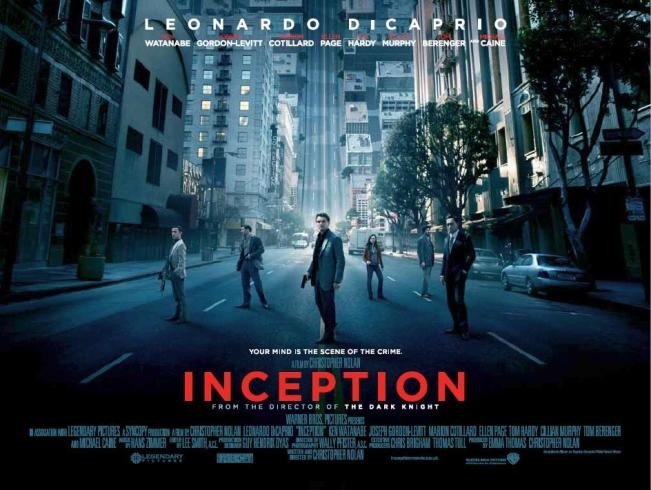
Summary: Dom Cobb (Leonardo DiCaprio) is a thief with the rare ability to enter people’s dreams and steal their secrets from their subconscious. His skill has made him a hot commodity in the world of corporate espionage but has also cost him everything he loves. Cobb gets a chance at redemption when he is offered a seemingly impossible task: Plant an idea in someone’s mind. If he succeeds, it will be the perfect crime, but a dangerous enemy anticipates Cobb’s every move. In the film Cobb does succeed to plant the idea into the man’s mind.
More Specifically:
The Beginning: Cobb is dragged to a table with Saito and Saito says something along the lines of “are you here to kill me? I know what this is. I’ve seen one before, many years ago. It belonged to a man from a half remembered dream.” (I think talking about his totem).
The Middle: Dominic Cobb is the foremost practitioner of the artistic science of extraction, inserting himself into a subject’s dreams to obtain hidden information without the subject knowing, a concept taught to him by his professor father-in-law, Dr. Stephen Miles. Dom’s associates are Miles’ former students, who Dom requires as he has given up being the dream architect for reasons he won’t disclose. Dom’s primary associate, Arthur, believes it has something to do with Dom’s deceased wife, Mal, who often figures prominently and violently in those dreams, or Dom’s want to “go home” (get back to his own reality, which includes two young children). Dom’s work is generally in corporate espionage. As the subjects don’t want the information to get into the wrong hands, the clients have zero tolerance for failure. Dom is also a wanted man, as many of his past subjects have learned what Dom has done to them. One of those subjects, Mr. Saito, offers Dom a job he can’t refuse: to take the concept one step further into inception, namely planting thoughts into the subject’s dreams without them knowing. Inception can fundamentally alter that person as a being. Saito’s target is Robert Michael Fischer, the heir to an energy business empire, which has the potential to rule the world if continued on the current trajectory. Beyond the complex logistics of the dream architecture of the case and some unknowns concerning Fischer, the biggest obstacles in success for the team become worrying about one aspect of inception which Cobb fails to disclose to the other team members prior to the job, and Cobb’s newest associate Ariadne’s belief that Cobb’s own subconscious, especially as it relates to Mal, may be taking over what happens in the dreams.
The End: Saito and Cobb sitting together at the table again. Same kind of setup, but this time Saito says, “have you come to kill me? I’m waiting for someone..” and Cobb finishes his sentence by saying “someone from a half remembered dream.” Cobb essentially tells him they’re in limbo and they presumably kill themselves to wake up to reality. Although the ending leaves the viewer wondering if Cobb is back in reality or if he is still trapped in a dream, he can tell due his totem. Dom Cobb’s totem is a spinning tractricoid top that originally belonged to Mal (his wife). Should he spin the top and it topples over, he is awake; if it continues to spin, then he is still dreaming.
Theory of Narratives in Films
When looking at moving image products, it is therefore possible to look for patterns, codes, conventions that share a common features. In other words, narrative theories look at recognisable and familiar structures, that help us to understand both how narratives are constructed and what they might mean. For example, it is clear that narratives are a combination of many individual elements (sound, image, text etc) which are edited (connected) together. Narratives are organised around a particular theme and space and are based in an idea of time. So for example, many narratives (Film, TV, Radio) are usually linear and sequential, in that they start at ’00:00′ and run for a set length. This means that they normally have a beginning, middle and end. “
“A whole is what has a beginning and middle and end” – Aristotle Poetics.
However, as with all creative work, it is possible to break, alter or subvert these rules and are subject to other conventions, rules and codes. For example, narrative media structures (ie film, TV drama, music video, advertising etc as opposed to theatre, drama, live events etc) do not generally play in real time. As such, they employ elision or ellipsis in that some elements are missing. Similarly, time often moves backwards (flashbacks) or forwards (flash forwards) at moments which break the linear sequence. Time can also run simultaneously, in that it is possible to play-out different narratives at the same time: simultaneous or parallel narratives. Narrative strands are even able to be flagged up as something that needs to known (or will be fully developed) later, known as foreshadowing. This raises the concept that the audience are then given some information, feelings, ideas or logic that the on-screen actors do not have access to, which is called dramatic irony. An example of dramatic irony in this movie is the t the protagonists wife still thinks she is in a dream when she is in reality so therefore she jumps ion a balcony to get back to the “real world” and leaves the main character devastated and the audience in shock and dibelief.
Narrative theory can be applied to moving image texts but in many ways, narrative theory transcends a specific media form, such as, film and television and is able to take on a much greater significance in terms of how we organise our lives, our days, our weeks, our years, how we interact with each other, how we organise our memories, our ideas, aspirations and dreams.
specification
Narrative: What is your story?
Describe in:
- 3 words belonging and identifying
- A sentence a story of a young lad trying to fit in and conform
- A paragraph I am telling the story of the life of an average teenage boy in Jersey and the struggles and pressures that occur. I am trying to communicate with the viewer from an internal perspective how these pressures affect someones well being and safety. I want to demonstrate the result of societal pressures on a young male adult from childhood through to adulthood. I am using the repetition of the protagonist technique to draw attention away from the subject himself and towards the ideologies and conventions that he represents
Design: Consider the following
- How you want your book to look and feel – I want the book to feel hard, heavy and real to emphasize the importance of the subject matter.
- Paper and ink – rough paper / gritty
- Format, size and orientation – Landscape orientation
- Binding and cover
- Title – Arrogance Love Fury Innocence Envy
- Structure and architecture
- Design and layout -Full bleed images, minimal comparison to amplify the meaning of each individual image
- Images and text
PHOTOSHOOT PLAN
What
For my first photoshoot, as mentioned, I will try and capture masculinity through the lens, and will do this by taking photos of objects often associated with masculinity, such as toolboxes, tools, cars, weights, etc.
Where
At home in the garage which is a great setting, symbolic of “the man cave” but also at my work which is also a garage.
When
I am planning to go in the late afternoon/early evening, winter sunset so around 4pm-5pm.
Why
This will allow for great low light with orange tint which will translate well to black and white photos, similar to Mapplethorpe and Weinberger. I am going at that time so that the lighting for my photos is clear and hopefully before the cloudy skies and rain which is what the weather is usually like in the afternoon.
How
I will be using my Canon77D camera to take these photos and I will choose a high ISO and medium exposure so the photos are clear and not too dark, as most of the darkening will occur in the editing process when I will increase shadows and darkness as well as vignette in the photo. Furthermore, having brighter photos means there is more to work with when it comes to editing on Adobe Lightroom CC as the photo has more detail due to more light highlighting more aspects in the photo in higher detail. I will also adjust the settings accordingly depending on the changing weather.
PHOTOBOOK SPECification
Narrative: What is your story? Describe in:
3 words: strength, growth, love
A sentence: The story I am portraying in my photo book is all about how masculinity is portrayed, what it means to be masculine and the changes/challenges boys face during adolescence.
A paragraph: As Robert Mapplethorpe said himself; “I am obsessed with beauty. I want everything to be perfect, and of course it isn’t. And that’s a tough place to be because you’re never satisfied”. I share the same desire for perfection in my own appearance, both mentally and physically. This need for perfection comes as a sort of validation, a purpose. I want to highlight these struggles but also highlight other struggles and negative mind thoughts men face during adolescence, the need to fit a certain mould, look a certain way, act a given way, and the aspiration to achieve certain things in order to prove to themselves that they are male. Is this necessary? Should men face these mental struggles? Or is it a natural part of life? What does it mean to be male? I will also explore the mental health aspect men face, as well as promoting self love and rebelling against the expectations of appearance on social media also being key themes in my photo-book. I will also compare Mapplethorpe’s work with Karlheinz Weinberger, another artist who explored the same topic.
Design: Consider the following
How you want your book to look and feel: I want my book to be minimalist and simple. I want it to have a smooth feel to it and for it to be pleasing to the eye with a black and white colour scheme representative of Mapplethorpe’s (my artist’s) work and Karlheinz Weinberger’s work.
Paper and ink: I want to use black ink in a basic font to keep the attention on what the writing is about instead of what it looks like and also for the attention to be on the photographs that I produce. I want photo finish glossy paper as I find this has some of the highest definition and is the clearest unlike matte paper.
Format, size and orientation: I want my book to be A5 and landscape as smaller books result in higher detail as the photo retains its resolution however on a smaller page. I also think smaller books are simply more appealing aesthetically.
Binding and cover: In terms of my cover, I want the book to be hardback for a professional look and feel. I want the image on the front and rear cover to be environmental photos of objects, no humans, for a abstract feel that doesn’t give away what the story is about, it makes the reader question it and become intrigued, thus more likely to pick it up and open it. For example, I might have a set of dumbbells or a tool box on the front and rear pages that symbolize masculinity but don’t scream it to your face, it’s more subtle which is the theme I am going for, as it nicely contrasts against the hard, strong, powerful conotations of the term “masculine”.
Title: Virtruvian Man: the ideal body composition, the perfect male, essentially is what every man aspires to be.
Design and layout: For my design and layout, I want to have one image per page similar to my Zine project. In addition, similarly to my Zine, I will also have my story in chronological order. I have a beginning, middle and end to my story.
tracking and monitoring-


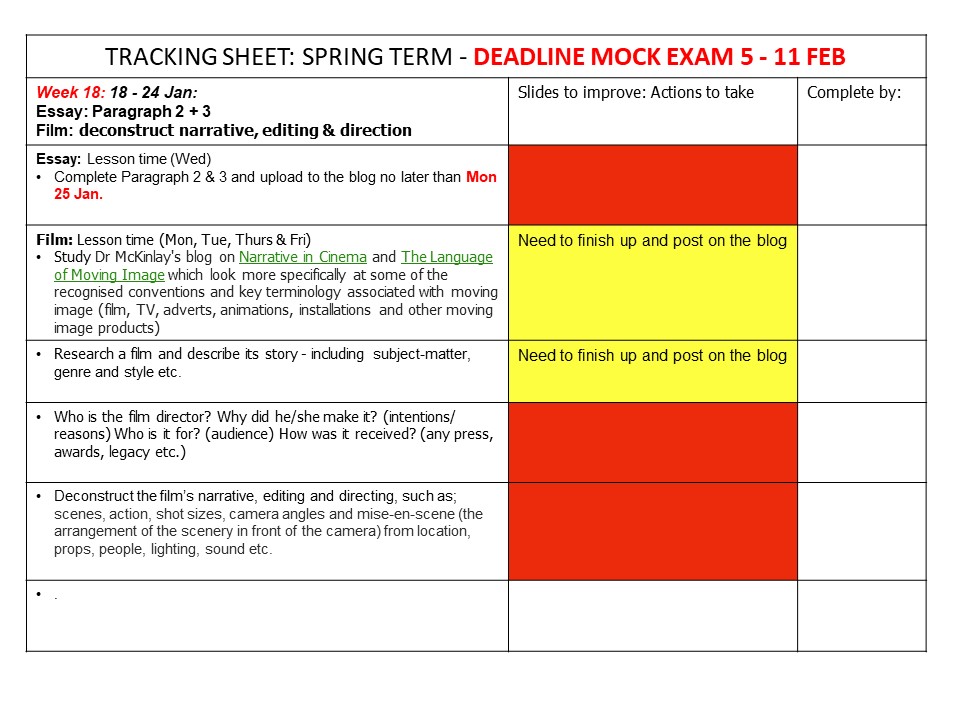
SELF TRACKING & MONITORING
Self Tracking & monitoring
SHOOT 2
Theory: Art Movements/Isms
Post Impressionism

After researching Richard Billingham as part of my artist references, I discovered that hiss first initial love for art was inspired by Van Gogh whose paintings involved every day life. He enjoyed how certain post-impressionist painters could situate the figure of a person in an interior really well – as if they are part of the interior themselves. Since I am referring mainly to Billingham, I feel it is best to explore Post-Impressionism to see how it inspired the art that he created.

Post-Impressionism is a predominantly French Art Movement that developed roughly between 1886 and 1905. It emerged as a reaction against Impressionists’ concern for the naturalistic depiction of light and colour. This movement tends to to emphasise broad qualities or symbolic content. Post-Impressionists, especially Vincent Van Gogh extented Impressionism while rejecting its limitations – they continued to use vivid colours, often a thick application of paint, and real-life subject matter. However they were more inclined to emphasise geometric forms, distort form for expressive effect and use unnatural or arbitrary colour.
The Post-Impressionists were dissatisfied with the triviality (lack of seriousness) of subject matter and loss of structure in most Impressionist paintings. Paul Cezanne, especially set out to restore a sense of order and structure to paintings in order to “make of Impressionism something solid and durable, like the art of the museums”. He achieved this by reducing objects to their basic shapes while retaining the saturated colours of impressionism.
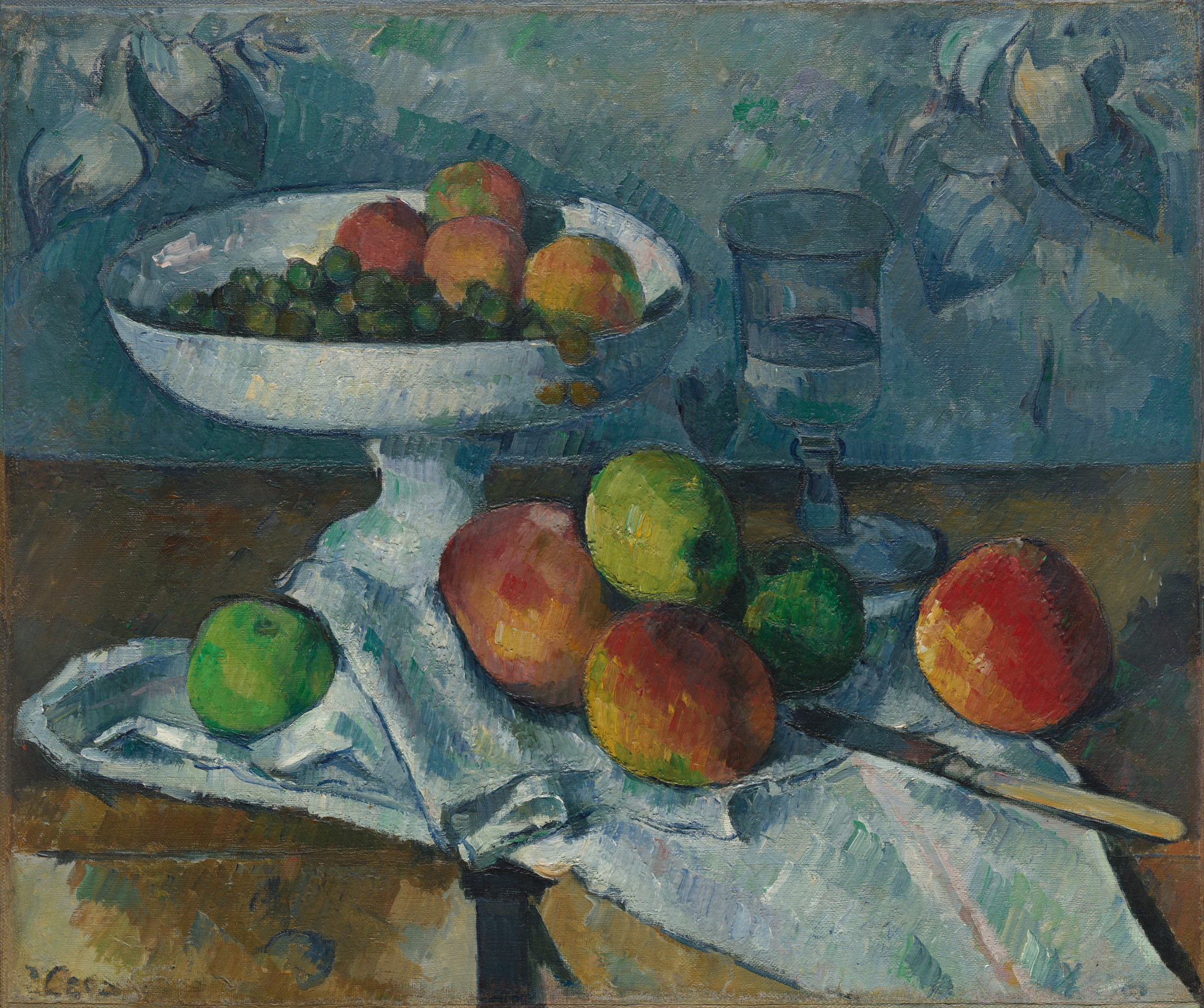
Artists that are included in this movement are: Paul Cezanne, Odilon Redon, Henri Rousseau, Paul Gauguin, Vincent Van Gogh, Charles Angrand, Henri-Edmond Cross, Maximilien Luce, Georges Seurat etc.
Post-Impressionism can be described as ‘a window to the artist’s mind and soul’. This is relevent to my personal study as my film is looking into my life, living with a poorly family member. My film will be similar to Post-Impressionism in the fact that my emotions and thoughts will be displayed throughout the moving images. Symbolic and highly personal meanings were displayed throughout this ‘ism’, Van Gogh especially looked to his memories and emotions in order to deeply connect with the world around them instead of simply depicting the natural world that surrounded him.
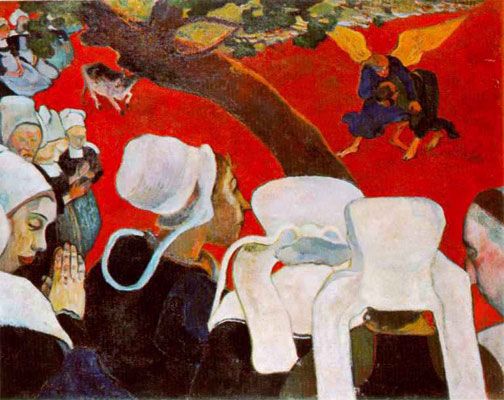
Consider this painting by Paul Gauguin who studied in the North of France where the unique history and customs represented a degree of spiritual freedom and primitive candor for Gauguin.
This painting depicts a revelatory vision of ‘Jacob’ wrestling with an angel, clearly delineates reality and spiritual manifestation through aesthetic form. While the ground of churchgoers who experience the vision is in the foreground, the Biblical struggle appears in the background, surrounded by a two-dimensional, brightly coloured plane. Gauguin relied upon the abstraction of the red ground to communicate the space of the vision as well as heightened emotions present at a religious revelation. As this work demonstrates, Gauguin rejected the conventions of industrialised modern society, in both his art and his life, through romanticised evocations of the primitive, the incorporeal, and the mystical. At first glance, it may not appear to be the most aesthetically pleasing image. However, as I was saying in my artist research on Richard Billingham, sometimes it is not about the aesthetic nature of a photo or a film but yet the meaning that are being conveyed behind the footage or image.
QUOTES
“I refused to board the Impressionist ship because I found the ceiling too low. . . . Real parasites of the object, [the Impressionists] cultivated art solely on the visual field, and in a way closed it off from what goes beyond that and what can give the humblest sketches, even the shadows, the light of spirituality. I mean a kind of emanation that takes hold of our spirit and escapes all analysis.”
Artist Odilon Redon, To Myself: Notes on Life, Art and Artists, trans. Mira Jacob and Jeanne L. Wasserman (New York: George Brazillier, 1986), 110
“Claude Monet’s landscapes are . . . the extremely sensitive shapes of our thoughts.”
—Critic Octave Mirbeau, “Claude Monet,” L’Art dans les Deux Mondes, March 7, 1891, reprinted in Mirbeau, Combats esthétiques, 430–431.
“It is no easier to explain Cézanne’s [fame] than to explain the man himself.”
—Artist Maurice Denis, “Cézanne,” L’Occident, September 1907, reprinted in Maurice Denis, Le ciel et l’Arcadie, ed. Jean-Paul Bouillon (Paris: Hermann, 1993), 129ff.
“I arrange lines and colors so as to obtain symphonies, harmonies that do not represent a thing that is real, in the vulgar sense of the word, and do not directly express any idea, but are supposed to make you think the way music is supposed to make you think, unaided by ideas or images, simply through the mysterious affinities that exist between our brains and such arrangements of colors and lines.”
—Artist Paul Gauguin, in Eugène Tardieu, “Interview with Paul Gauguin,” L’Echo de Paris, May 13, 1895, reprinted in Guérin, Paul Gauguin, 109
“However sad the chosen subject might be, however dreary the picturesque element that compose it, the painting will never . . . give the impression of sadness if the dominant characteristics of the lines, colors, and tone do not agree visually with the feelings the artist is seeking to express.”
—Artist Maurice Denis, “L’époque du symbolisme,” Gazette dea Beaux-Arts, March 1934, reprinted in Denis, Le ciel et l’Arcadie, 176–177


